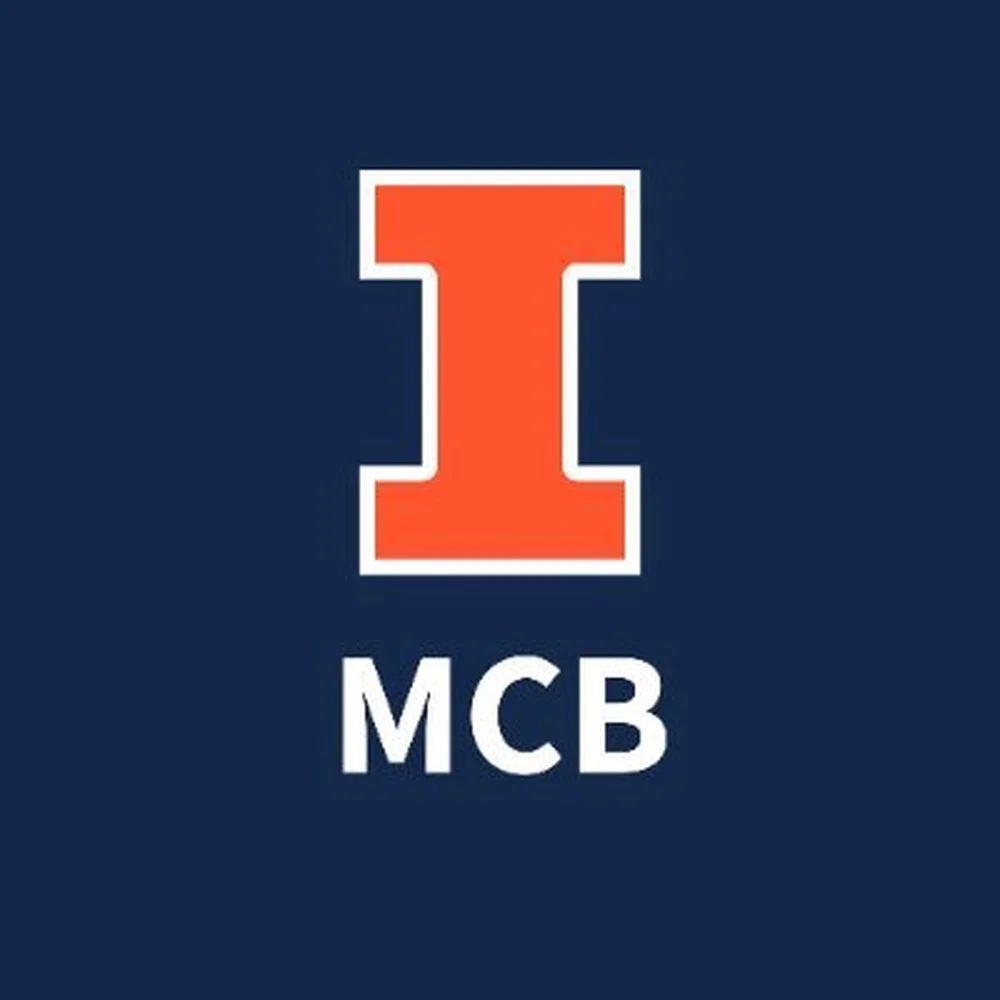
With the support of a major grant from the Roy J. Carver Charitable Trust, the School of Molecular and Cellular Biology has been selected as one of only a dozen laboratories worldwide to receive a prototype OMX Applied Precision microscopy system.
The microscope will deliver 3D images of cells at high speed under low light conditions ideal for live cell imaging. The acquisition of the “structured illumination deconvolution light microscopy system” marks a major step forward in optical microscopy imaging technology for both the School of Molecular and Cellular Biology and the campus.
With the support of a major grant from the Roy J. Carver Charitable Trust, the School of Molecular and Cellular Biology has been selected as one of only a dozen laboratories worldwide to receive a prototype OMX Applied Precision microscopy system.
The microscope will deliver 3D images of cells at high speed under low light conditions ideal for live cell imaging. The acquisition of the “structured illumination deconvolution light microscopy system” marks a major step forward in optical microscopy imaging technology for both the School of Molecular and Cellular Biology and the campus.
The grant proposal was developed by Professor Andrew Belmont, the head of the Department of Cell and Developmental Biology. Belmont's own lab has spent years working on live cell imaging techniques to visualize nuanced protein distribution through electron microscopy.
However, preparing samples for the electron microscope is difficult and time consuming for scientists. "With the new OMX microscope [we] will be able to accomplish in days what would otherwise take months or years of work by electron microscopy," Belmont said.
The instrument was delivered and installed in December 2008, and is expected to be available for use in Spring 2009. The instrument is housed in the School of Molecular and Cellular Biology Imaging Facility, located in room C501 of the Chemical and Life Sciences Laboratory building.
In addition to serving MCB faculty research efforts, this instrument will be generally accessible to the campus community.